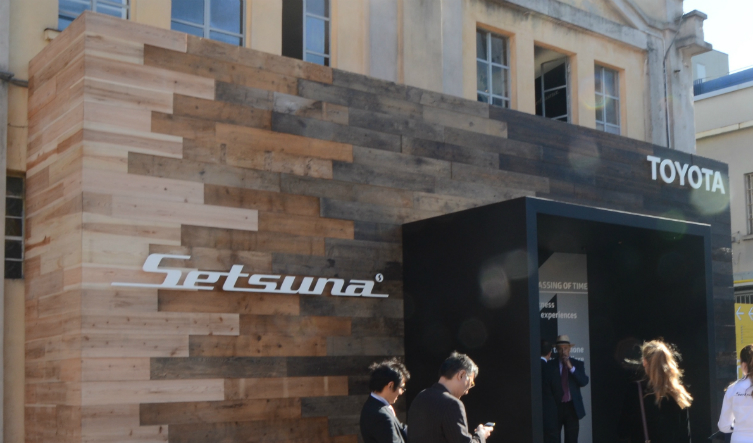With the Lexus Design Award and the Lexus installation itself, we certainly had our hands full during Milan Design Week. That didn’t stop us checking out the rest of the installations though – here are some of our favourites.
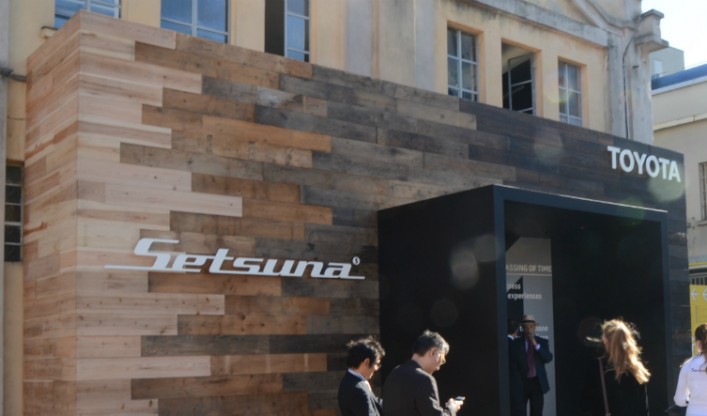
1) Toyota – Setsuna Concept (Via Tortona 31)
One of the most eagerly anticipated installations before Design Week even began, the Toyota Setsuna Concept does not disappoint. The front of the exhibition appears to be crafted from the same types of wood as the car itself, leading to a beautifully sleek and modern look in an area known for its industry and edginess.
Once inside, the car is displayed in an infinity room with mirrored walls, allowing you to view the car from every possible angle. The room seems large and airy, though it is in fact a compact space, and the car takes pride of place in the centre.
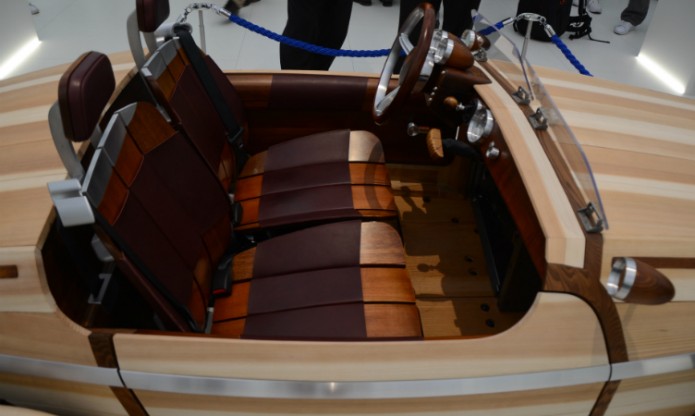
The first pictures of the Setsuna Concept caused a stir in the design and automotive worlds alike, with its exquisite wooden structure reminiscent of the wooden cars of a previous era (think classic Morgan motors). In the flesh, however, the car is almost impossibly modern. The finish of the wood is smooth and polished, and every detail is perfectly executed. Whether you’re a car fan or not, this one is a must.
2) SuperStudio – SuperDesign Show (Via Tortona 27)
Wherever you go during Design Week, people will be talking about the SuperDesign Show space. This is easily one of the busiest series of installations at any given time, despite the fact that advance registration is required, and it feels vibrant and exciting.
There are a series of exhibitors and exhibitions to visit during your time here – with various brands and designers vying for attention within the large, open space. It’s beautifully laid out, feeling spacious with plenty of greenery.
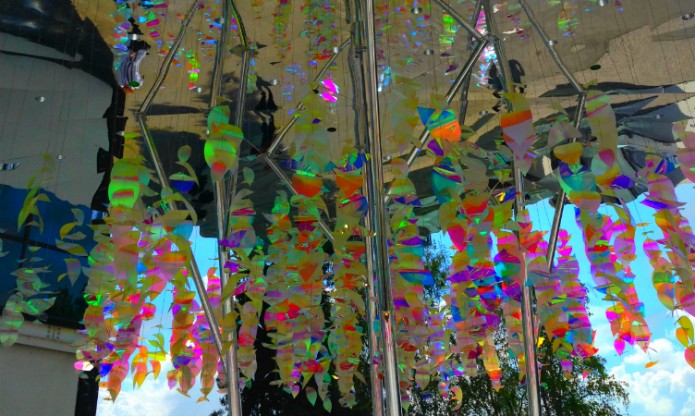
Throughout the venue, there are tactile installations on which you can sit and rest your (undoubtedly) aching feet. One of our favourite spots for this was a collection of soft, grey structures underneath the mirrored installation (pictured above).
The roof garden is worth a visit, especially in good weather. This is run by Valdo Prosecco, and proved to be a floral-inspired retreat from the hustle and bustle of the Milanese streets below.
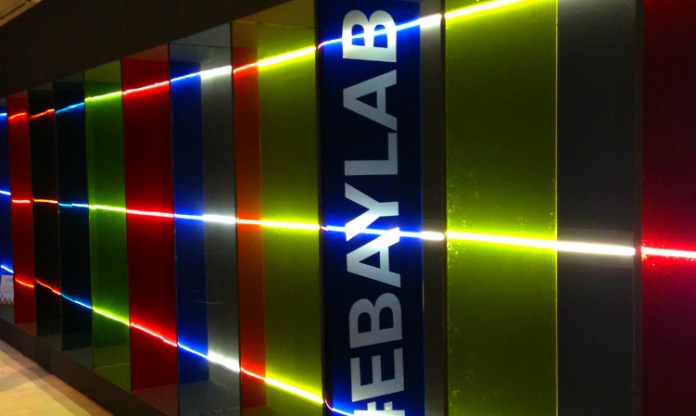
One of the more notable brands among the SuperStudio exhibitors is eBay. While the content of their installation isn’t exactly revolutionary, the space itself is beautifully laid out and wonderfully colourful.
3) Nhow Milano – Future is Now (Via Tortona 35)
Nhow Milano is a little further out than some of the other exhibits in the Tortona district, but it’s worth the gentle stroll to see the variety of installations housed within its walls.

The ground floor is dedicated to smaller brands and individual designers. Taking a trek through the ground floor hallway, your eyes are drawn to the wide variety of items on display beneath the floor’s many glass panels – an incredibly simple but creative way to showcase items.
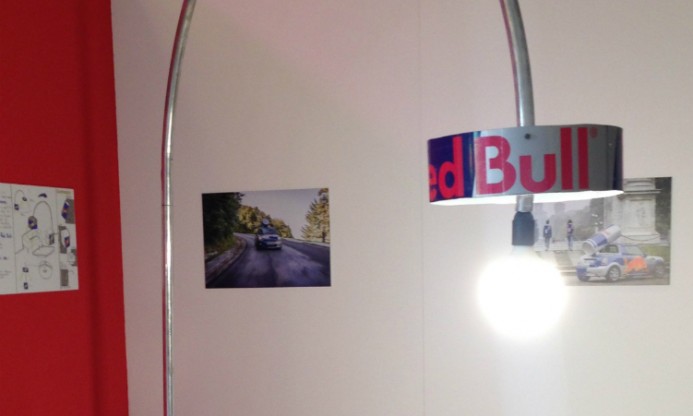
You’ll find another well-known brand within the hotel – Red Bull plays host to an installation based on ‘upcycling’. It worked with students to create interesting pieces of art and furniture from unused items, including a football table and a beautifully interesting lamp.
4) Pepsi – Mix It Up (SuperStudio 13)

The Pepsi pop-up has a younger vibe than anything else we experienced. The space is vast, with various PepsiCo brands on show within. Art pieces combine with a Lay’s photo booth, and two F!ZZ bars serving Pepsi products and new concoctions in glass spheres line the central walls.
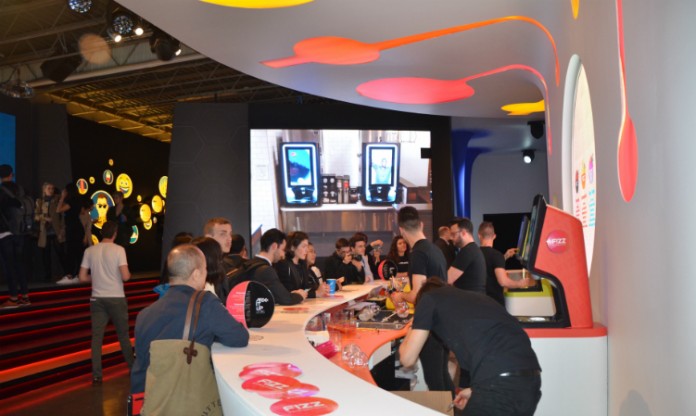
The space is filled with bright colours, lights and sculptures. For the more creative visitors, there are two Pepsi Spire machines which allow you to combine various Pepsi products and flavours to suit your palette.
There are also sections devoted to other PepsiCo brands: Gatorade, Pure Leaf tea and Quaker Oats.
5) ASUS – Glow of Life (Via Tortona 58)
A lot of the installations at Design Week operated on the basis of “look but don’t touch” – but this certainly wasn’t the case at the ASUS pop-up. The installation is designed to be fully interactive, with user-participation at its heart.
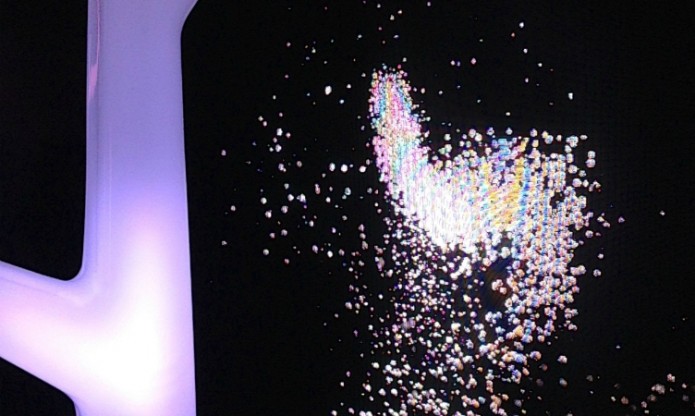
On entering the exhibition, users are encouraged to prime their smartphones ready for use. The space is eerily dark, until the lady next to me holds her smartphone torch to the sensor on one of the many tall white trees which line the room. The tree begins to pulse and glow with soft white light, and projects dancing patterns in soft colours onto the walls. The more people who engage with the trees, the lighter the room becomes and the more projected patterns emerge.
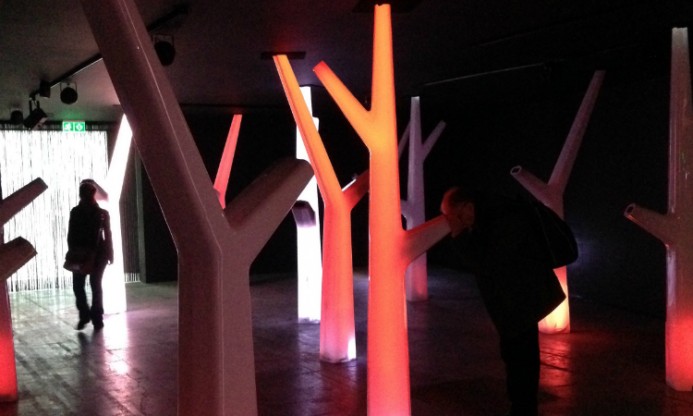
The trees’ projections simulate the seasons, starting off with the soft, light colours of spring, pulsing through the reds and deep oranges of summer and autumn, and ending with the cool blues and greens of winter.
This installation is truly beautiful and captured the imagination from the start.
Read more: AMAM wins Lexus Design Award 2016 with Agar Plasticity
Read more: Lexus announces new exhibit for Milan Design Week
